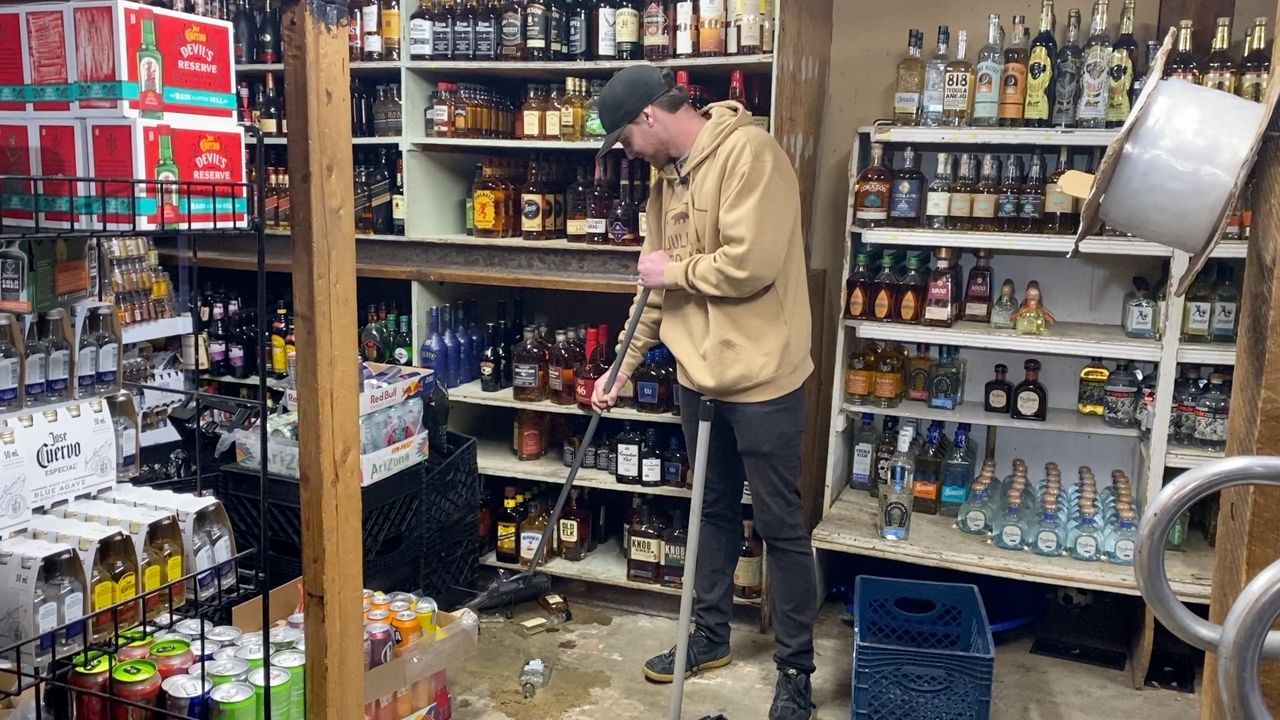LOS ANGELES — The annual death rates of people experiencing homelessness in Los Angeles County continue to rise, according to a recently-published report by the county’s public health department.
The leading cause of death, as it has been for the past three years, is substance overdose — and the powerful opioid fentanyl has played an increasingly significant role in those deaths, the report said.
“It’s clear that market forces seem to be driving the rise of fentanyl on the local scene,” said Randal Kuhn, an associate professor at UCLA’s Fielding School of Public Health. Los Angeles, Kuhn said, “has always been a meth town,” and though methamphetamine-related overdoses are still present in more than 63% of overdose deaths, fentanyl was present in more than 40% of overdose deaths from January through July 2020.
Fentanyl is a powerful synthetic painkiller similar to morphine but can be 50 to 100 times more potent — a dose as small as two milligrams can be lethal to most people, according to the National Institutes of Health.
Kuhn noted that the homeless population is “heavily weighted” toward the late Baby Boomer generation, of people born between 1955 and 1965.
“Our best evidence suggests their bodies are like someone who is 15 years older,” Kuhn said. “Which is why there is so much concern about COVID, but also why people are dealing with all kinds of pain-management issues.”
According to Chelsea Shover, an epidemiologist and research fellow based at Stanford University, the use of fentanyl has boomed in the western United States since about 2019 — especially among people experiencing homelessness.
The drug’s spread can be attributed to its relative ease to create and distribute, Shover said. The infrastructure needed for synthesizing the drug is far less onerous than in creating opium (“You can make it at home! You don’t need a poppy field,” she said), and the drug can make it through shipping systems in small quantities.
But the rise in deaths is a different matter, she said — it’s hard to tell from autopsies whether a person killed in a fentanyl-related overdose used the drug knowingly or if fentanyl was cut into another street drug without their knowledge.
A key to combating those overdoses, Shover said, is widespread distribution of naloxone, which blocks the effects of opioid overdose — as well as education that it may take more than one dose of naloxone to counter a fentanyl overdose.
Increasing distribution of naloxone to people experiencing homelessness is among the recommendations made in DPH’s report, along with expanded outreach and connection of services to unhoused people. The report also recommends increased investment in recovery bridge housing.
The increase in deaths among the unhoused continues to disturb Kuhn.
“We’ve known about these numbers for a while now…published numbers from July and August, I think, pretty strongly suggest that (data from) the second half of 2020 will be even worse than the first half,” Kuhn said.










